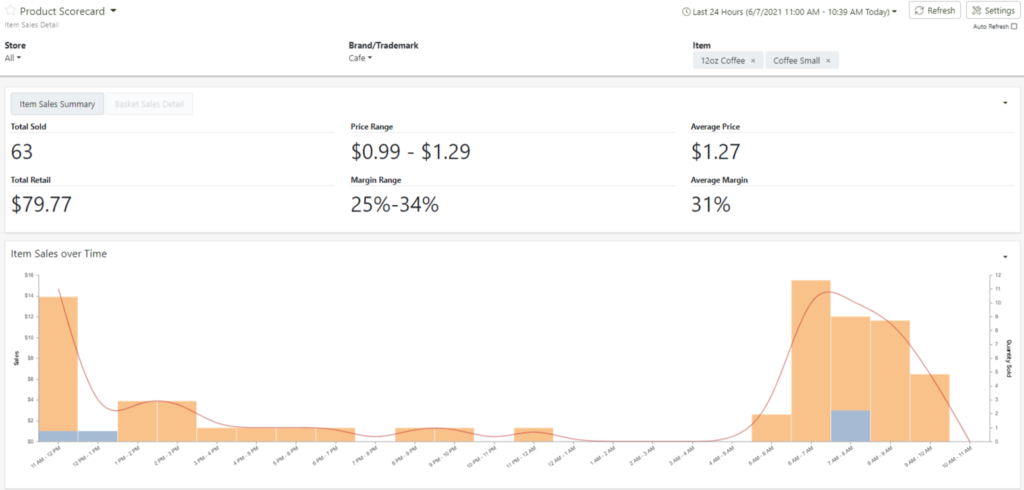Making Money with Technology, Part 3
People ask me how our business is going, and I often respond that it seems like we’re going from one crisis to the next. Our customers just can’t catch a break! First, Covid hit. Then, it seemed like we were opening back up and we found ourselves facing a labor shortage. Next, the Colonial Pipeline got hacked which led to fuel shortages across the East Coast. Now, the cost of goods is increasing faster than it has in decades.
The Wall Street Journal ran an article on Monday titled “Commodity Price Surges Add to Inflation Fears” with highlights that included:
- A gallon of gas costs $1.02 more than it did a year ago in the US according to GasBuddy.
- Corn, soybeans and wheat are at their highest prices in eight years which is causing food manufacturers to raise prices.
As the Chief Executive of Quaker Bakery Brands said in the article, “We are getting hit from every angle.” He indicated that his costs have risen at least 25% – 35% over the last year which has caused him to raise prices on goods such as pizza crusts and hamburger buns by as much as 8% – much to the dismay of customers. He said “The scary thing is, we don’t really see an end in sight to these cost pressures.”
The challenge for retailers like c-store operators in this environment is to understand how their customers will respond to higher prices. Which products will customers pay more for and continue to buy? Will customers switch brands to a similar product that is a cheaper alternative? Which products will customers forgo all together?
Large chains have invested heavily over the years in technology that allows them to understand their customers and answer these questions quickly. They use their systems to test prices to find the sweet spot where customers will still pay for the product and operators can maximize margin. While c-store operators do not have control to change price on many items in their stores there are still a significant number of products under their control to make this an effective strategy. Research has shown that a practice of price optimization can improve a retailer’s overall margin by as much as 7%.

With everything going on, I get excited when I answer that question about how our business is doing. I tell people that I am convinced now more than ever that our product is a great fit for the c-store market because we’re delivering so much value to our customers. Price optimization is critical during a time like this to keep your business strong and StoreKeep is a great solution for small and mid-sized chains. Here are a few examples of our capabilities and how our clients are using them to evaluate and adjust prices:
- Detect changes in customer purchasing behavior that you would have never been aware of such as a decrease in sales of a premium brand.
- Identify which products are the best candidates for a price increase as the system analyzes current sales data.
- Test price changes at an individual or subset of stores to determine how the change impacts sales velocity and basket margin and see the results within hours because the system reports in real time.
- Receive instant notifications when the system detects an exception to your normal sales so that you can adjust course if you are out of line with the market.
While these capabilities sound appealing, some people we have spoken with have had concerns about the cost and complexity of deploying a system like StoreKeep. They are usually excited to learn that the product is priced to be affordable for an independent operator. And, StoreKeep is easy to deploy at some or all of your stores – typically your team will be up and running in under 60 days. Many operators compliment our store focused approach as “The easiest software deployment we have ever done!”
Now would be a great time to reach out. Not only can we help you navigate the current challenges in the market, but we would be up and running long before you have discussions with your vendors in the fall purchasing season. Contact us to learn more about how Taiga can help you navigate this challenging time of rising costs.
